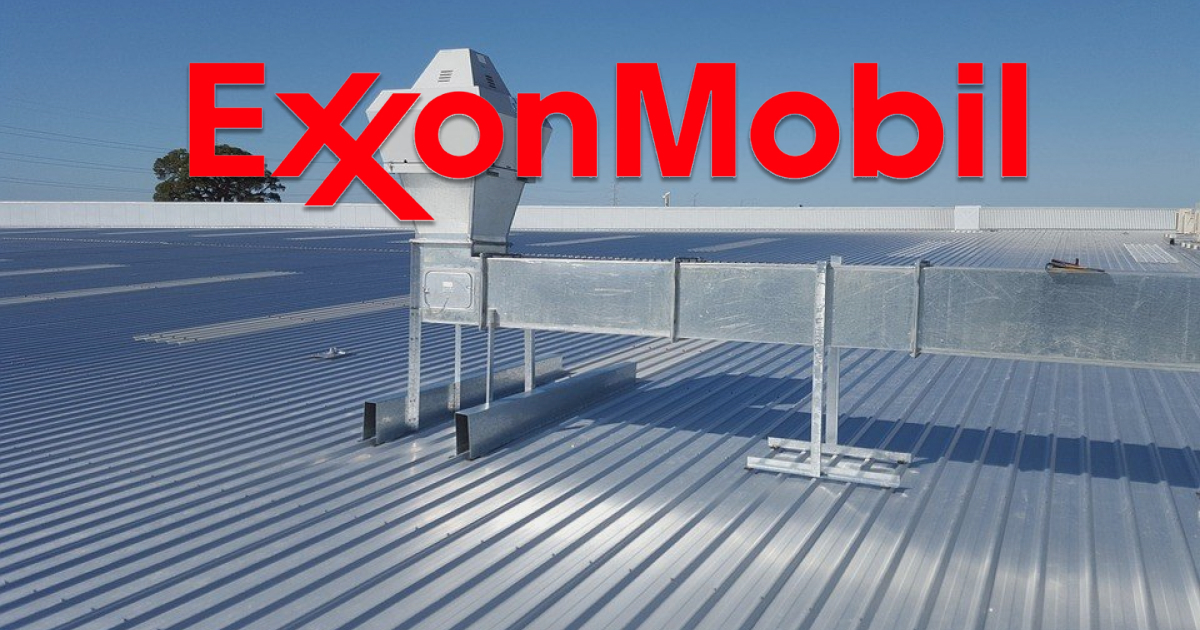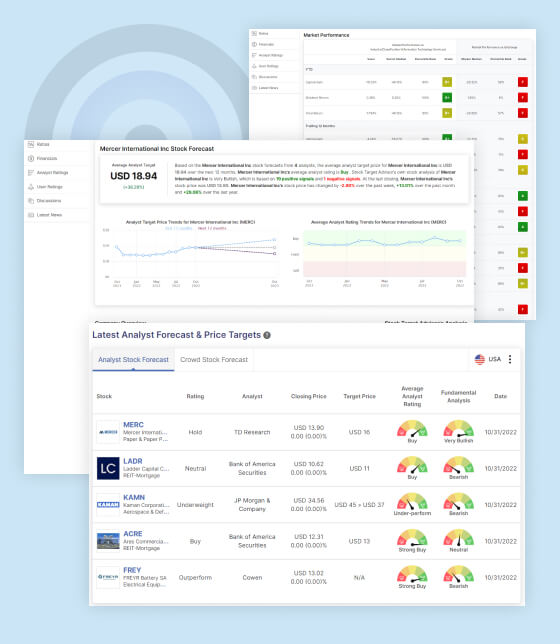US President Donald Trump’s recent announcement of sweeping reciprocal tariffs marks a significant escalation in US trade policy. Building on the initial 10% universal tariff on US imports, these new measures impose country-specific reciprocal tariffs on trading partners with large trade surpluses and high non-tariff barriers.
This article examines how these reciprocal tariffs are affecting Exxon Mobil Corp’s export strategy and cost dynamics.
Before we dive in, we have a special offer! For a limited time, you can get 70% off Stock Target Advisor’s premium features. Claim your discount here!
Background and Context of Tariff Battle:
In addition to the baseline 10% tariff on all imports, President Trump’s administration has now announced reciprocal tariffs targeting countries that impose higher duties and non-tariff barriers on US goods.
For example, China now faces a reciprocal tariff of 34% on imports, adding to the 20% previously imposed, bringing its overall effective tariff to 54%. Similar elevated rates (20–24%) apply to major trading partners such as the European Union and Japan.
Impact on Exxon Mobil Corp:
-
Financial and Operational Implications:
Although energy products like crude oil have been partially exempted from Trump’s new tariffs, the overall impact of reciprocal tariffs and subsequent retaliatory measures is being felt across global supply chains.
Recent quarterly results indicate that while Exxon beat EPS forecasts at $1.67 per share, its revenue was under pressure, driven in part by compressed refining margins amid tariff-induced uncertainties and cost increases.
Read More: Will Magna International’s Stock Forecast Improve Despite Tariff Setbacks?
-
Strategic Reallocation and Cost Considerations:
To mitigate the adverse effects of these tariffs, Exxon Mobil is likely to reassess its export strategy by exploring alternative markets in India, Europe, and domestically within the US.
However, re-routing shipments incurs higher logistical costs and may disrupt established supply contracts. Exxon’s competitive strengths, its low-cost production assets in the Permian Basin and offshore Guyana, remain vital, yet the company must now carefully balance cost increases against potential revenue losses in traditional markets like China.
Learn more about how tariffs are influencing U.S. equities in our article China Tariffs Hit USA Stocks.
Stock Target Advisor’s Analysis on Exxon Mobil Corp:
Recent stock performance and analyst opinions yield mixed perspectives on Exxon Mobil amid the evolving reciprocal tariff environment. According to Stock Target Advisor, Exxon currently holds a slightly bullish to neutral rating, supported by six positive signals.
Latest Analyst Ratings and Targets:
- Scotia Capital: Buy, Target: USD 140 (Updated 02/05/2025)
- Wells Fargo & Company: Overweight, Revised Target: USD 136 ? USD 135 (02/03/2025)
- RBC: Sector Perform, Target: USD 115 ? USD 115 (02/03/2025)
- Morgan Stanley & Co.: Overweight, Revised Target: USD 139 ? USD 140 (02/01/2025)
Conclusion and Outlook:
Trump’s newly announced reciprocal tariffs, aimed at rectifying non-reciprocal trade practices, are adding complexity to the global trade environment.
Although energy products are partially exempt, retaliatory tariffs from key markets like China could reduce US crude export volumes and compress refining margins for Exxon Mobil Corp.
Read More: What Canadian Stocks Would Trump’s Tariffs Hit the Most?
Muzzammil is a content writer at Stock Target Advisor. He has been writing stock news and analysis at Stock Target Advisor since 2023 and has worked in the financial domain in various roles since 2020. He has previously worked on an equity research firm that analyzed companies listed on the stock markets in the U.S. and Canada and performed fundamental and qualitative analyses of management strength, business strategy, and product/services forecast as indicated by major brokers covering the stock.


































